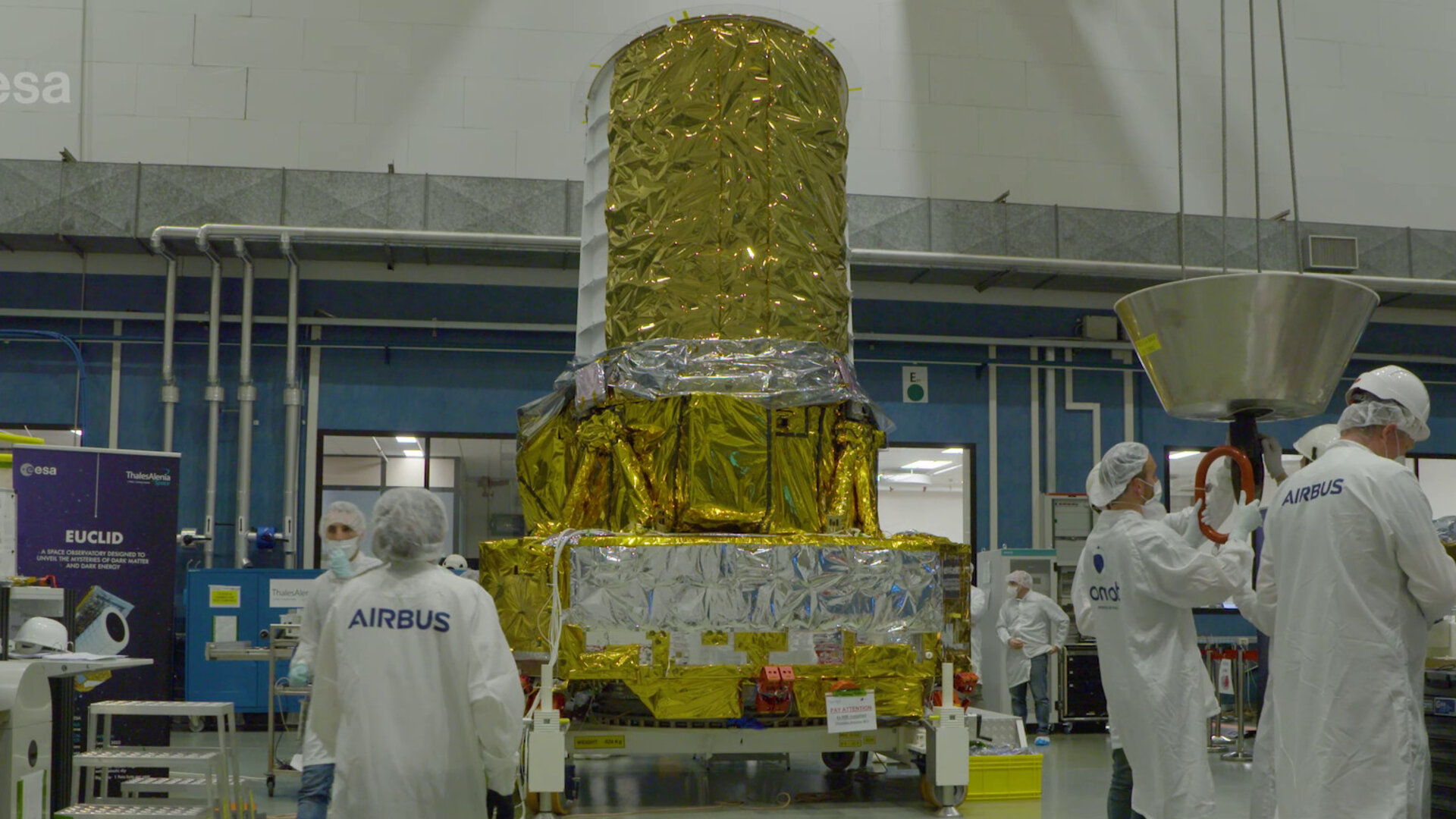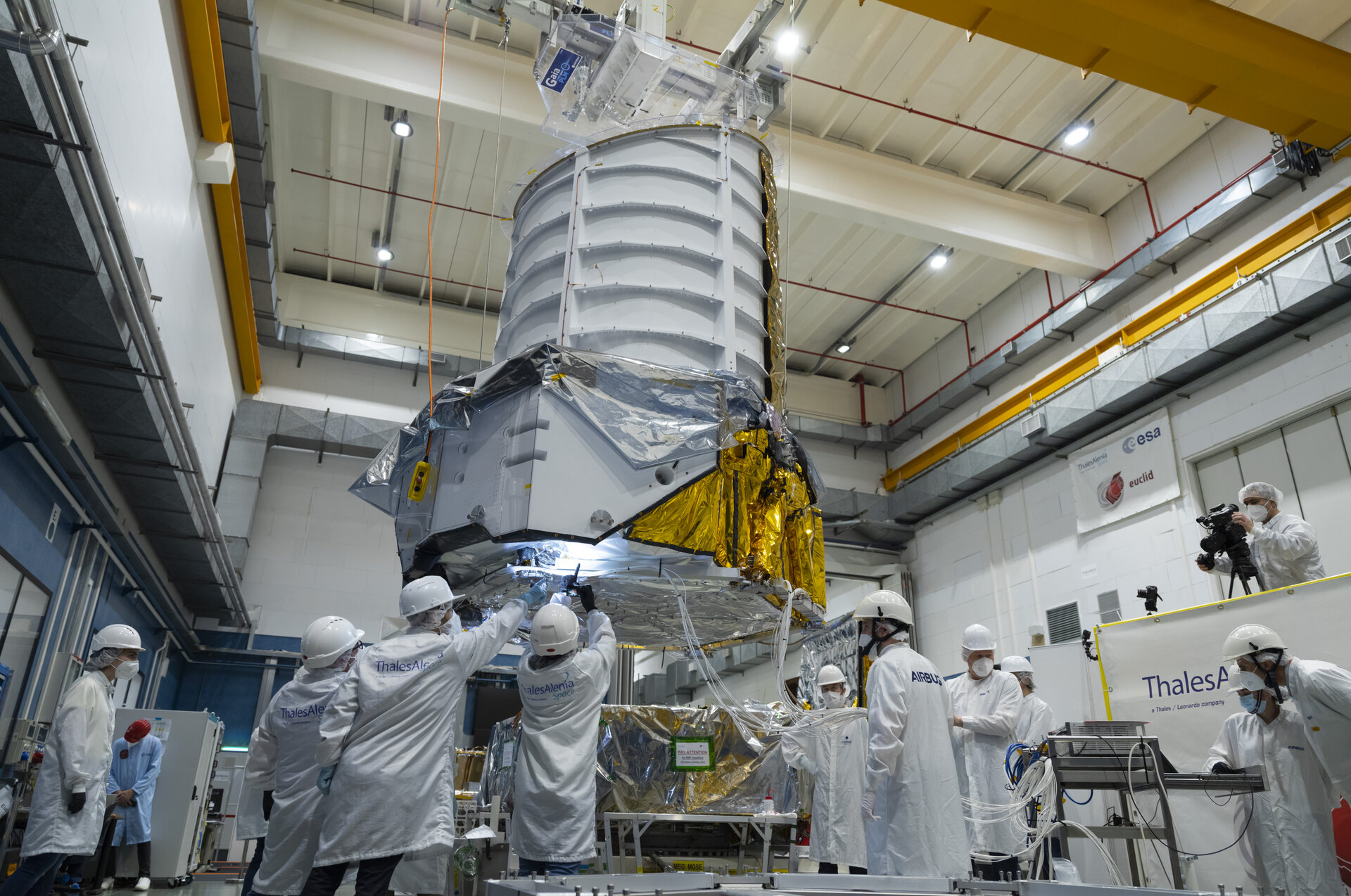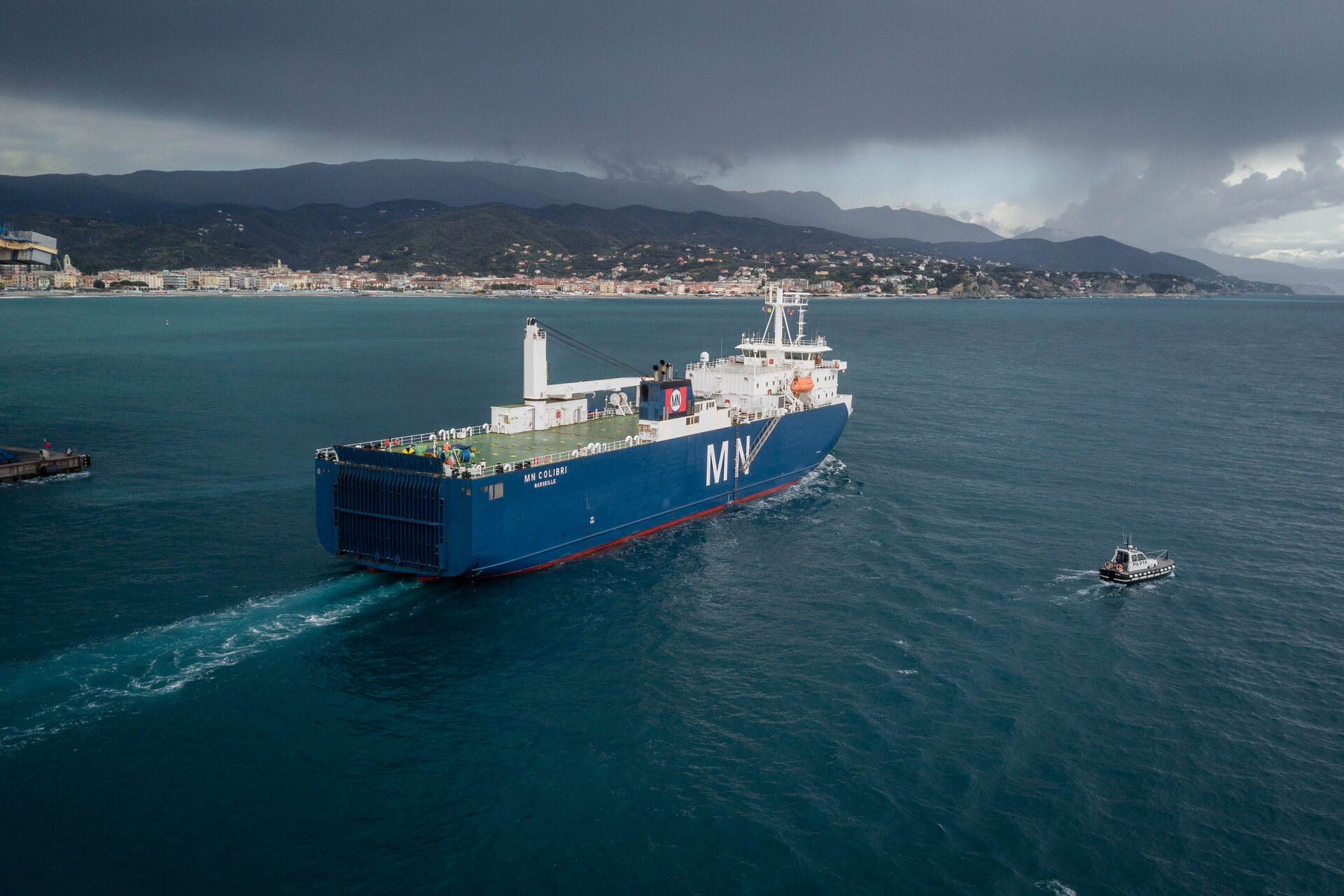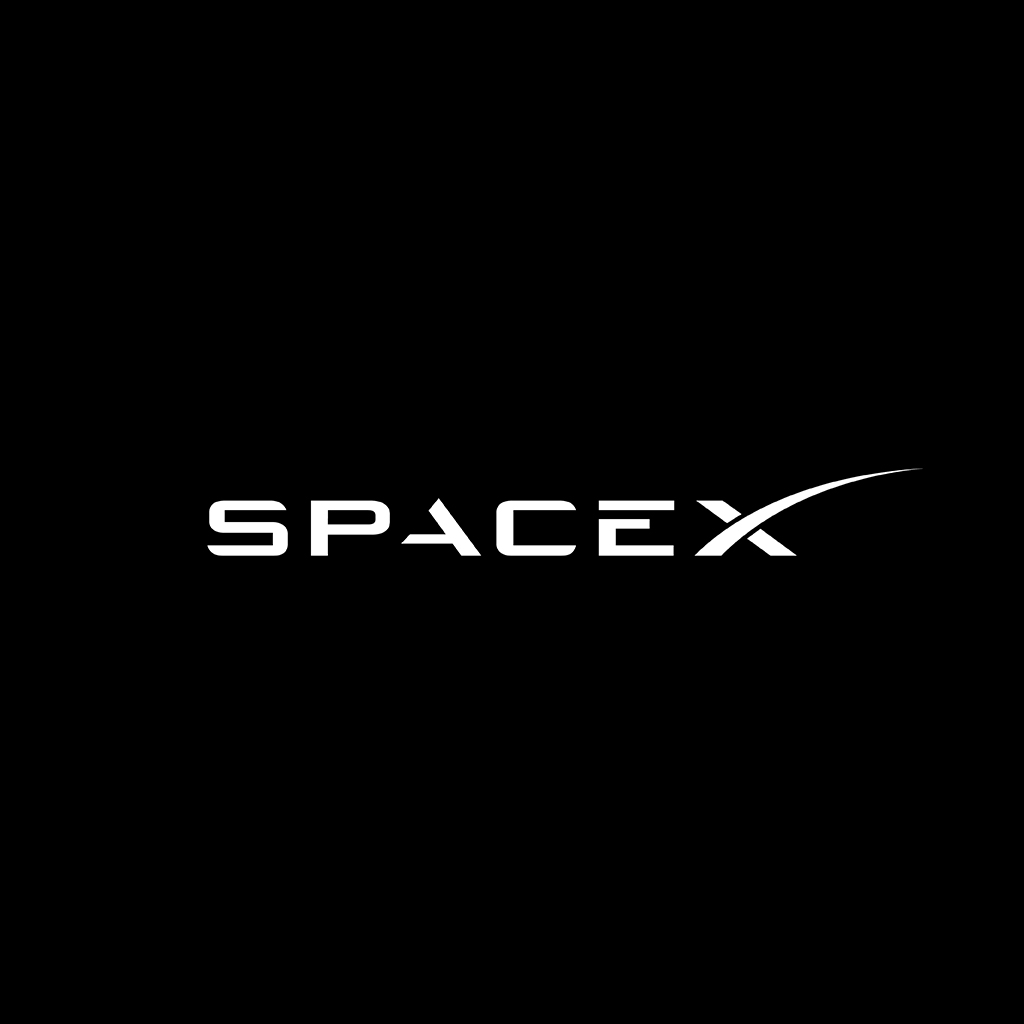- Joined
- 21 January 2015
- Messages
- 12,148
- Reaction score
- 16,351
The Euclid space telescope is coming together
09/07/2020
72 VIEWS
0 LIKES
ESA / Science & Exploration / Space Science
ESA’s Euclid mission has reached another milestone on its journey towards launch. Its two instruments are now built and fully tested. These have been delivered to Airbus Defence and Space in Toulouse, France, where they are now being integrated with the telescope to form the mission’s payload module.
Euclid consists of a 1.2-metre mirror telescope that is designed to work at both visible and near-infrared wavelengths – the latter being just longer than the red light humans can see. The telescope will collect light from distant cosmic objects and feed it into two instruments.
The Visible instrument (VIS) and the Near Infrared Spectrometer and Photometer (NISP) will run in parallel, recording data simultaneously from whatever portion of the sky the telescope is pointed at.
Euclid’s mission is to measure the shapes of more than a billion galaxies, and the accurate redshifts of tens of millions of galaxies across more than one third of the sky. The redshift is an effect caused by the expansion of the Universe. It stretches the wavelength of light emitted by distant galaxies; the further away the galaxy, the more extreme its redshift. The galaxies in Euclid’s survey will span 10 billion years of cosmic history, and allow scientists to investigate the mysterious dark matter and dark energy that are thought to dominate the Universe.
The VIS instrument will handle the precise measurement of galaxy shapes by taking the very best images of distant galaxies that it possibly can. To do this, the instrument uses a mosaic of 36 CCDs, each of which contains 4000 pixels by 4000 pixels. This gives the detector a total of about 600 megapixels.
“The design, development, manufacturing, testing and calibration of the VIS instrument over a dozen years to a stringent specification has been a challenge,” says Mark Cropper, VIS instrument Lead and Professor at the UCL Mullard Space Science Laboratory, UK.
“We are immensely proud of what the VIS Team has achieved to bring this project to its culmination. That the final performance exceeds our expectations is a tribute to their expertise, dedication and professionalism.”
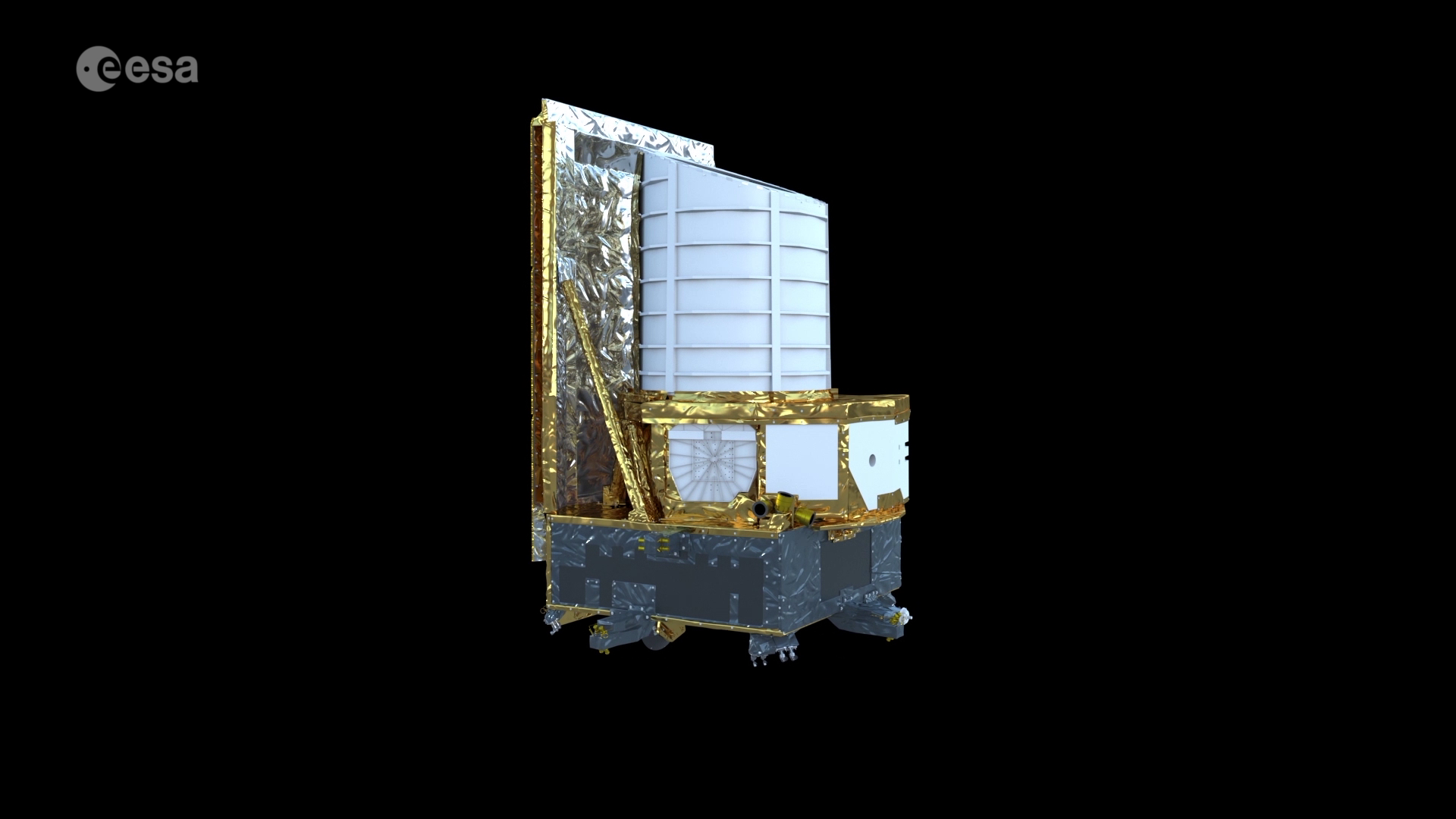
09/07/2020
72 VIEWS
0 LIKES
ESA / Science & Exploration / Space Science
ESA’s Euclid mission has reached another milestone on its journey towards launch. Its two instruments are now built and fully tested. These have been delivered to Airbus Defence and Space in Toulouse, France, where they are now being integrated with the telescope to form the mission’s payload module.
Euclid consists of a 1.2-metre mirror telescope that is designed to work at both visible and near-infrared wavelengths – the latter being just longer than the red light humans can see. The telescope will collect light from distant cosmic objects and feed it into two instruments.
The Visible instrument (VIS) and the Near Infrared Spectrometer and Photometer (NISP) will run in parallel, recording data simultaneously from whatever portion of the sky the telescope is pointed at.
Euclid’s mission is to measure the shapes of more than a billion galaxies, and the accurate redshifts of tens of millions of galaxies across more than one third of the sky. The redshift is an effect caused by the expansion of the Universe. It stretches the wavelength of light emitted by distant galaxies; the further away the galaxy, the more extreme its redshift. The galaxies in Euclid’s survey will span 10 billion years of cosmic history, and allow scientists to investigate the mysterious dark matter and dark energy that are thought to dominate the Universe.
The VIS instrument will handle the precise measurement of galaxy shapes by taking the very best images of distant galaxies that it possibly can. To do this, the instrument uses a mosaic of 36 CCDs, each of which contains 4000 pixels by 4000 pixels. This gives the detector a total of about 600 megapixels.
“The design, development, manufacturing, testing and calibration of the VIS instrument over a dozen years to a stringent specification has been a challenge,” says Mark Cropper, VIS instrument Lead and Professor at the UCL Mullard Space Science Laboratory, UK.
“We are immensely proud of what the VIS Team has achieved to bring this project to its culmination. That the final performance exceeds our expectations is a tribute to their expertise, dedication and professionalism.”

The Euclid space telescope is coming together
ESA’s Euclid mission has reached another milestone on its journey towards launch. Its two instruments are now built and fully tested. These have been delivered to Airbus Defence and Space in Toulouse, France, where they are now being integrated with the telescope to form the mission’s payload...
www.esa.int

